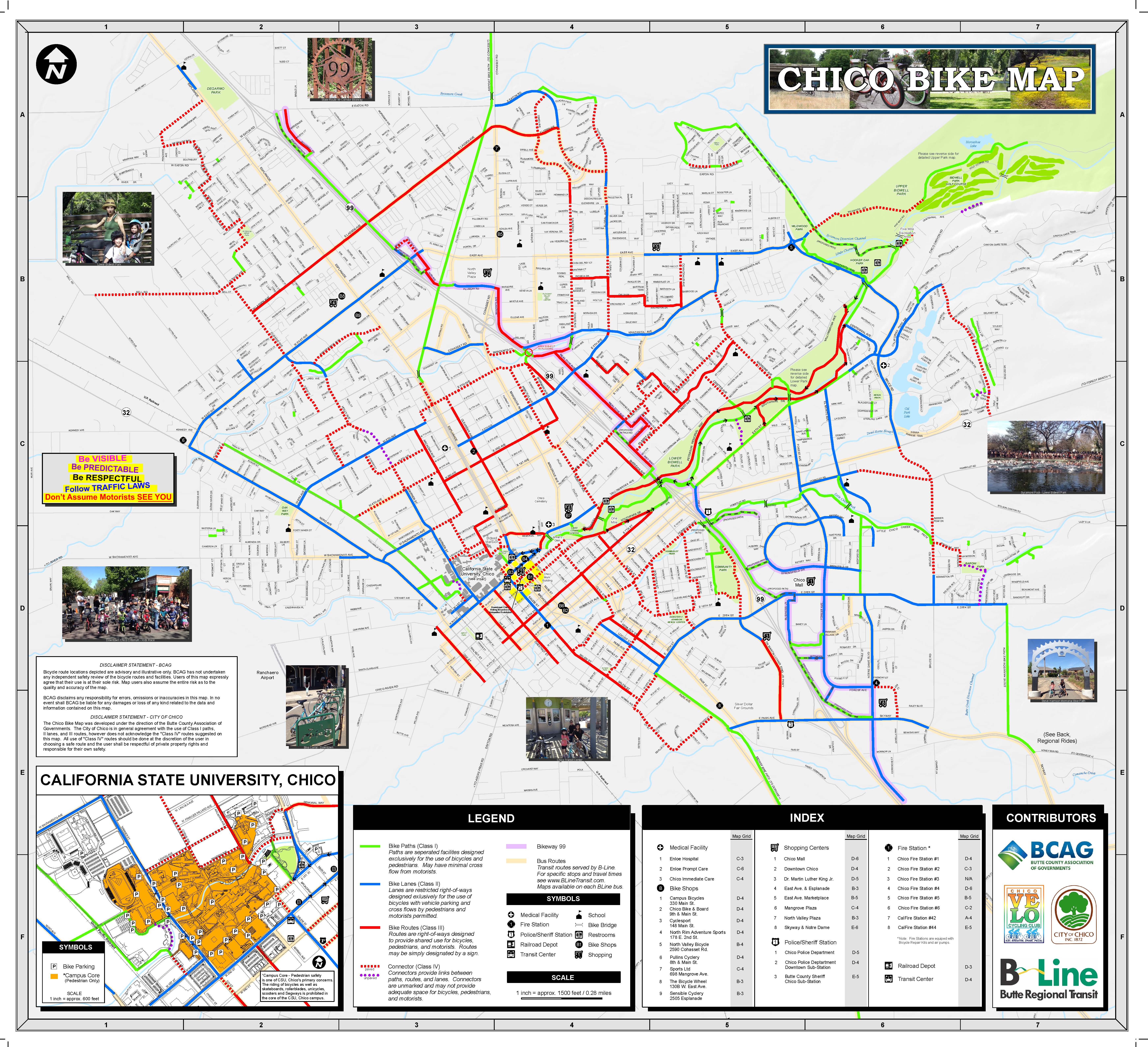Shedding light is complicated, no matter how you look at it. In particular I have been looking at albedo, (reflected sunlight). Scientifically, albedo is measured on a scale of zero to one (0 to 1 - You can get a phone app for that.)
How albedo affects climate depends on water vapor. The low albedo of a rain forests traps heat near the planet's surface, increasing humidity through the cooling effect of evaporation. At the same time, by trapping the heat near the soil surface, the atmosphere above cools, increasing the likelihood of cloud formation. Clouds have a relatively high albedo – which reflects the solar energy into space and further cools the air temperatures below the clouds and leads to lowering the temperature. Lowering the temperature holds less water vapor, which enhances the likelihood of precipitation, hence “Rain Forests”!
Examples of the best, most efficient spots to cool the planet are areas where albedo is high and humidity is low, like the polar ice caps and the light sands of dry deserts. The reflected energy can escape the atmosphere because humidity (water vapor) is low. Any change in albedo has significant impacts on previously stable environments.
Albedo is the key to understanding how dirty snow, greener deserts, and logged forests all contribute to global warming. And illustrates how albedo and water vapor make up the “Iron Man” suit which make CO2 such a powerful driver of climate change on our blue water planet.
Richard Roth
1318 Bruce Street
Chico, CA 95938
Ph: 530-514-0716
richardhroth1@gmail.com
References:
https://medium.com/the-green-
https://play.google.com/store/
https://www.nasa.gov/topics/
